
Date: 23 July 2024
Photo above: Earlier this year, the GSA selected Vitro's low-embodied carbon, energy-efficient products for a renovation project at the Whittaker Courthouse in Kansas City, Missouri. The Whittaker Courthouse will feature Starphire Ultra-Clear® low iron glass by Vitro, one of the world’s clearest, most transparent float glass products. (Courtesy of GSA)
The U.S. General Services Administration (GSA) announced that its Green Proving Ground (GPG) program, in collaboration with the U.S. Department of Energy (DOE), has selected 17 emerging and sustainable technologies for real-world evaluation. GSA plans to invest $9.6 million to install and evaluate these technologies, thanks in part to a $30 million investment in the Inflation Reduction Act (IRA) that has enabled GSA to expand the program’s scope in 2024.
GSA Administrator Robin Carnahan made today’s announcement at the Greenovation Summit, the first gathering of its kind from GSA, DOE, and the Department of Defense. The summit’s objective is to increase the cost-effective uptake of emerging technologies through energy savings performance contracting.
“Right now, GSA and the entire Administration are making once-in-a-generation investments to address climate change, bolster our economy and infrastructure, enhance security and sustainability, and build a more prosperous future for all Americans,” said GSA Administrator Robin Carnahan. “Today’s announcement demonstrates how the federal government can use public-private partnerships to boost American innovation and lay the groundwork for healthy, resilient facilities across the nation.”
The GPG program leverages GSA’s extensive real estate portfolio to evaluate innovative building technologies in real-world settings. The evaluations are intended to assess the technical and operational characteristics of the technologies and their potential for future wide-scale adoption. The IRA investment has allowed the program to increase its capacity and advance President Biden’s goal to achieve a net-zero emissions federal buildings portfolio by 2045, per Executive Order 14057 and the Federal Sustainability Plan. Today’s announcement also advances the Administration’s Climate Smart Buildings Initiative, which seeks to increase performance contracting to deliver GHG emissions reductions.
GSA Administrator Carnahan was joined at the summit by Mary Sotos, Director, DOE Federal Energy Management Program (FEMP), and Andrea Watson, Strategy Director, National Renewable Energy Lab (NREL).
Funding from the Inflation Reduction Act – the largest climate investment in history – has enabled GSA’s GPG program to more than triple the number of technologies it evaluates. This year’s program focuses on the following technology areas:
- Building envelopes and enclosures act as thermal barriers to help regulate interior temperatures and can reduce energy use significantly when well -sealed and insulated. The GPG program will evaluate Lamarr.ai’s automated diagnostic technology to help assess building envelope performance and identify cost-effective retrofits that improve efficiency.
- Healthy and resilient buildings enhance occupant comfort and building health while including durable materials that can sustainably reduce climate change impact risks. The GPG program will evaluate two low embodied carbon cement technologies, from C-Crete Technologies and Sublime Systems. The program will also evaluate a wearable light exposure measurement system from Blue Iris Labs, an LED troffer retrofit with germicidal ultraviolet-C light from Louvers International, a diagnostic and data analytics platform for pathogen protection and energy management from SafeTraces, Inc., and energy-saving, phase-change-material ceiling tiles from Armstrong World Industries.
- Heating, ventilation, and air conditioning (HVAC) in commercial buildings comprises up to 44% of total on-site energy use. The GPG program will evaluate technologies that save energy and reduce greenhouse gas emissions. The technologies include modular ice-based energy storage from Nostromo Energy, a modular cold-climate air-source heat pump from Trane Technologies, specifications for Very High Efficiency HVAC from the Institute for Market Transformation, an air conditioning system incorporating a liquid desiccant and evaporative cooling from Blue Frontier, a refrigerant life cycle management strategy from êffecterra, and an IoT-based building management system from 75F.
- On-site renewables are essential for meeting the Administration’s 2030 100% carbon-free electricity goal. The GPG program will evaluate a geothermal retrofit solution from Brightcore Energy, battery energy storage systems from Gridscape Solutions and Moxion Power, and a building-integrated photovoltaic sunshade from Vitro Architectural Glass and Oldcastle BuildingEnvelope®.
Some of these technologies will be tested at GSA’s Applied Innovation Learning Labs to identify replicable combinations of technologies that help deliver net-zero operational emissions.
GSA expects the results of this year’s evaluations to be available in 2026. Evaluation results can help inform investment decisions in next-generation building technologies. Since 2011, the GPG program has evaluated 107 technologies, 23 of which have been deployed across more than a third of GSA’s federally owned portfolio. Each year, these already-deployed GPG technologies are avoiding 116,000 tons of carbon dioxide and saving $28 million.
GPG’s next Request for Information (RFI) for emerging and sustainable building technologies will open on August 1, 2024. Register now for the GSA/DOE FY25 RFI informational webinar to be held on August 22, 2024, at 1:00 p.m. ET. For more information, visit GSA’s Green Proving Ground web page.
The Inflation Reduction Act includes $3.4 billion for GSA to build, modernize and maintain more sustainable and cost-efficient high-performance facilities. This funding includes $975 million specifically for emerging and sustainable technologies, and related sustainability and environmental programs, including the emerging technology evaluations in today’s announcement. GSA’s Inflation Reduction Act projects will implement new technologies and accelerate efforts to achieve a net-zero emissions federal building portfolio by 2045. Through these investments, GSA estimates that it could reduce carbon emissions by an estimated 2.3 million metric tons, the same amount that 500,000 gasoline-powered passenger vehicles produce each year.
This announcement is part of President Biden’s Investing in America agenda, focused on growing the American economy from the bottom up and the middle-out, from rebuilding our nation’s infrastructure, to creating a manufacturing and innovation boom, to building a clean-energy economy that will combat climate change and make our communities more resilient.
Reference above to any specific commercial company, product, technology, or service by its trade name, trademark, manufacturer, or otherwise, does not constitute or imply its endorsement, recommendation, or favoring by the federal government or any agency thereof.
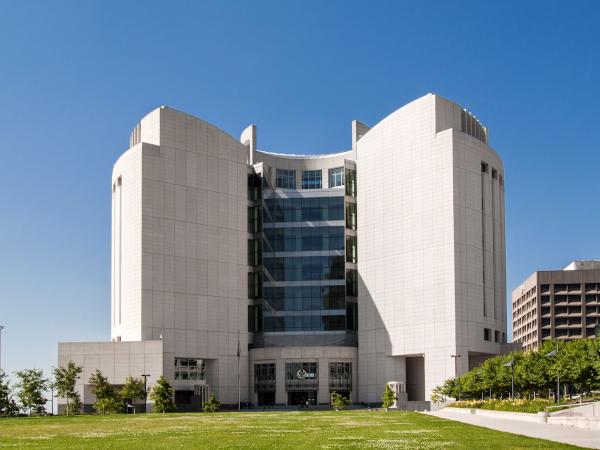 600450
600450



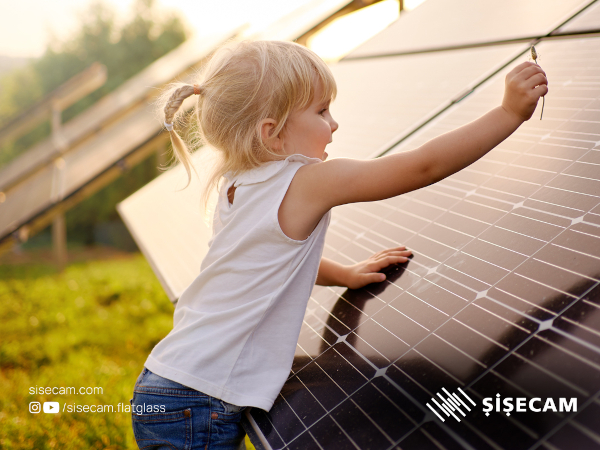


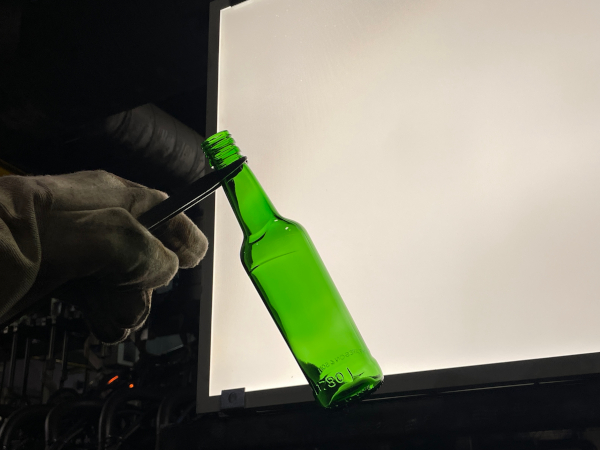




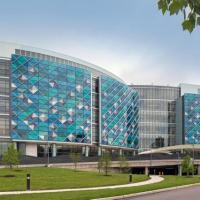

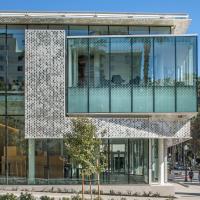
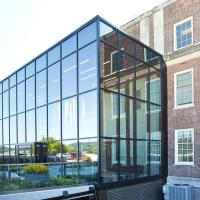
Add new comment